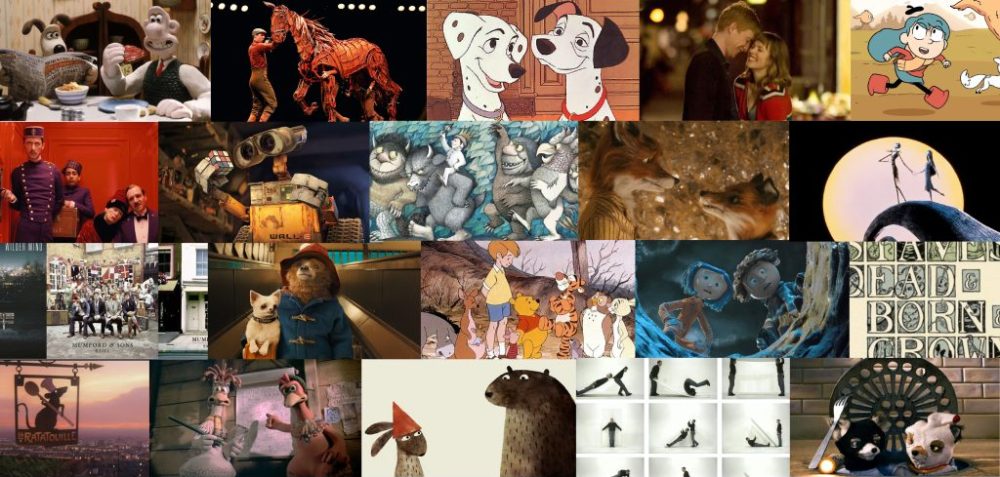This is the final version of the watercolour sequence. I think it works well with the sound. The painted sea came out more jittery than I hoped, which is somewhat down to my lack experience with painting, so I couldn’t make the frames very uniform. I’d prefer if it was longer, which I can achieve by holding the boils for longer, but the sound quickly goes into the talking. I’m still not sure how exactly the talking part is going to incorporated into it all, but I think it would work to separate the “Yeah yeah” from the “Just here, turn left”, as in, have a cut between them, from this sequence to the stop motion sequence for example.
Category Archives: Project 1
Principles of Experimental, Project 1: Stop Motion Island Tests
These are my tests so far for the stop motion island sequence so far:
For the first one, I immediately knew that plasticine was the wrong material for the island, because it’s just too soft-looking and cartoon-ish. That’s what led me to the idea of making the little island out of cardboard, using the contours from the map to make it the right height etc:

The plan was to use this just as a skeleton, and cover it with something green so that the image of the island moves from being a map to looking closer to an actual piece of land. But I really like it as it is. I think keeping the white will extend the ghostly feeling of the haunted island.
Tests 2 – 4 involved me keeping on trying to make the tin foil pieces look like the ocean, but I still wasn’t happy. It does look like water to me, but more like bubbling water than waves. However, in 3 and 4, I used the technique of holding a piece of coloured card at an angle out of shot, so that it was reflected in the foil. You can see it more easily in Test 4, because the pieces are bigger and less scruched up, and that time I got more of the effect I looking for, with these peaks of blue spread across the foil ocean.
IThe final test was done in the stop motion studio at uni, and I was experimenting with making waves by kind of rippling a single sheet of tin foil. I had a piece of green tissue paper held up with a clamp, but overall it wasn’t working. I couldn’t get the lighting right, and I think there’s too much reflection in some areas while others are too dark, so I need to think what to do next. The ocean under/around the island doesn’t have to look exactly like water, I just want it to at least create the shape of waves as seen from above.
Principles of Experimental, Project 1: Lino Cut Workshop
In the lino cut workshop with Lizzie Hobbs, I decided to make a brickwork pattern that could be used as part of – or to represent – the monastery on Eynhallow. I tried out a few ways of drawing it, experimenting with printing on both the positive and the negative parts of the lino cut, as well as different colours:






For me, the most effective is the red one, in terms of linework. Making the texture on the bricks and the mortar between both negative makes the most visual sense, I think. The thin lines for the texture on the bricks gives it an old, weather-worn feel, which feels right for an ancient crumbling monastery.
I used a different shape of tool for the door, to make it look like wood. It looks messier than I hoped so I think that will need to be refined.
I’m not yet sure how this design will fit into my film, but I know that the monastery – or a reference to it – is going to be one of the last things on screen. At the end of the audio track, there’s a sound of a door lock and then a door slamming closed. At the moment I’m imagining the the people on this journey are travelling to this ancient monastery. The real thing doesn’t have a door, but my one does, so it’s like they’ve travelled back in time as well as across the land and sea.
